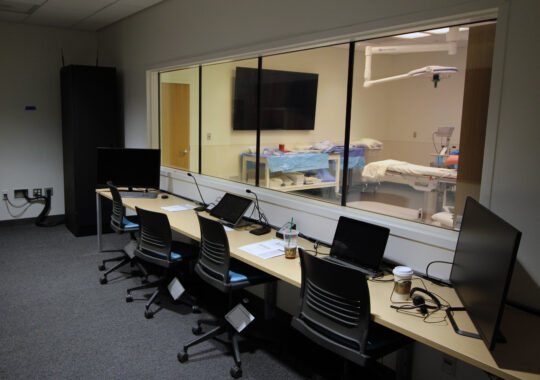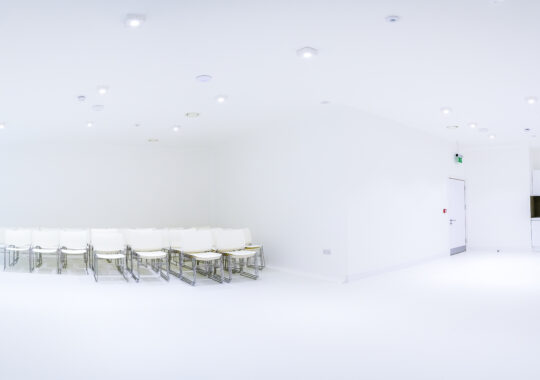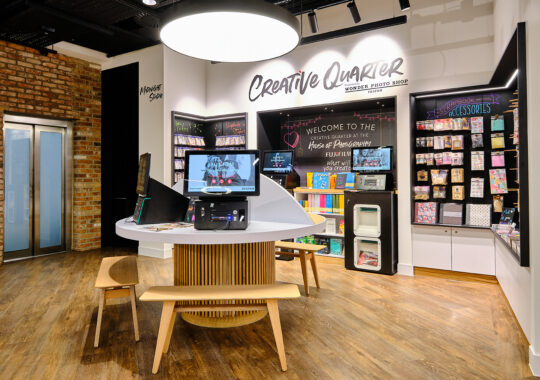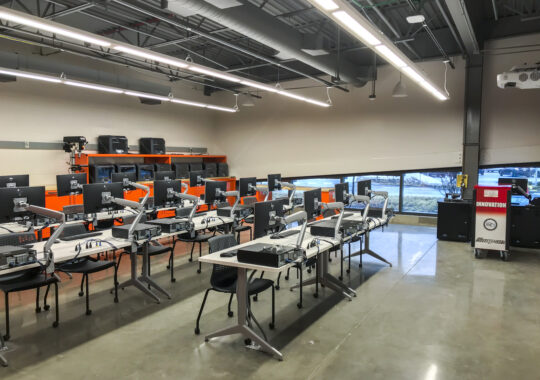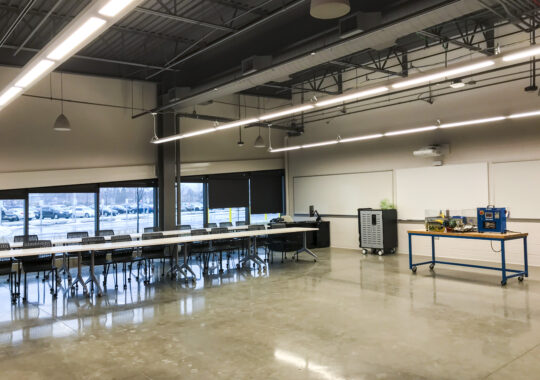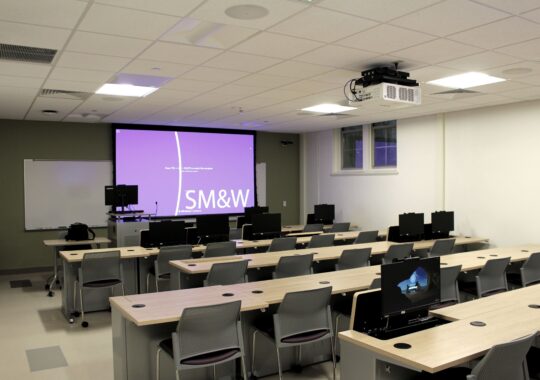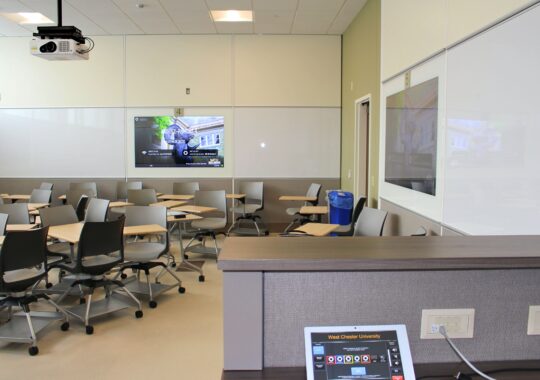AV systems, ranging from flat panel displays to control systems, are all their own networked devices these days. In the past, the AV ‘network’ has traditionally been a dedicated ecosystem of its own, isolated from the rest of private and public networks. However, with the Internet of Things (IoT), smart devices, and BYOD, these systems are becoming active components on both private and public networks, creating concerns with security. Because not all AV devices are created with the same level of security, the distinction between isolated public and private ecosystems is blurred. If these devices are allowed to access the public network, there can be a security risk that should be considered before it is activated, when designing a system.
Today, most AV devices have network ports and WiFi capability that is used to connect to most any network through these ports. Gone are the days when an AV system only uses a wired connection to a PC on a private network , where it is protected from the public network by a firewall. Users now bring their own devices (BYOD) and expect a wireless connection between the public network and the ‘secured’ AV system. This creates a potential hole in the private network firewall. By connecting a BYOD device to an AV system, there is an opportunity for that BYOD to cause exposure of the network, either through inadvertent access to viruses via the public network or due to embedded viruses in the device itself.
Although many AV manufacturers have addressed these security risks through network hardware and firmware upgrades to their products, there are opportunities for supply chain firmware to be introduced during the manufacturing of sub-components installed into AV devices which may carry embedded code that could make a private network vulnerable. One should not that most AV system manufacturers are quite vigilant about security and protecting networks, however, there have been instances where this has not always been the case.
Will your AV system be a target?
Just consider how many of today’s AV devices have network ports on them allowing to connect to any network. In November of 2018, the U.S. Department of Homeland Security hosted the inaugural meeting of the Information and Communications Technology (ICT) Supply Chain Risk Management Task Force. One of the outcomes of this task force? Allegedly, some manufacturers were informally blacklisted by certain military and government entities due to security concerns for their supply chain. These concerning products are widely available and commonly used in corporate, education, and various other network systems, which could lead to vulnerabilities and higher risk in your network security.
Where do I go from here?
A well designed AV system considers the network and how it can be accessed. It also takes into account the various needs of the end user, which shapes the overall design. AV designers use their in-depth knowledge of network architecture and awareness of security threats to successfully design a system. AV is no longer its own ecosystem in any manner, and you may be due for an assessment on your current AV system and overall network.
From a design standpoint, the role of Integrated Technology Design consultants is much greater than simply specifying standalone AV systems. As trusted partners, we must not only be aware of how devices can impact a network and how they interact with BYOD and IoT devices, but also consider how to maximize the user experience without jeopardizing the network they live on. Our job is to interface and collaborate with the network engineer, so they are part of the overall associated network architecture and security plan. If AV systems are designed in a vacuum, which I have witnessed all too often, there are bound to be gaps in security between the two systems leaving the client unknowingly vulnerable.
This issue is only going to get bigger, with the expectation that virtually any device may be connected to the AV system. For those who confidently state that an AV systems design is no longer complicated, or that all design consultants are created equal, it is worth asking network engineers for their opinion of network security, how knowledgeable they are about AV devices, and how devices will function as a node on the network. The best way to achieve a non-biased agnostic answer to this question is to turn to a well-qualified and experienced AV design consultant with close relationships to manufacturers. A true professional design consultant has no allegiance to any manufacturer, meaning that the design team has the ability to recommend the right product for the job.




